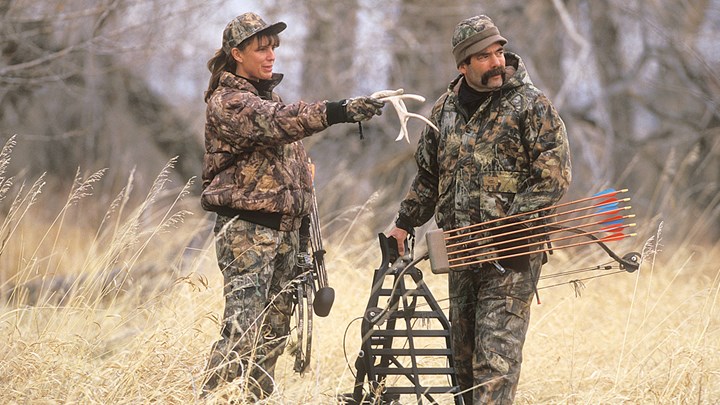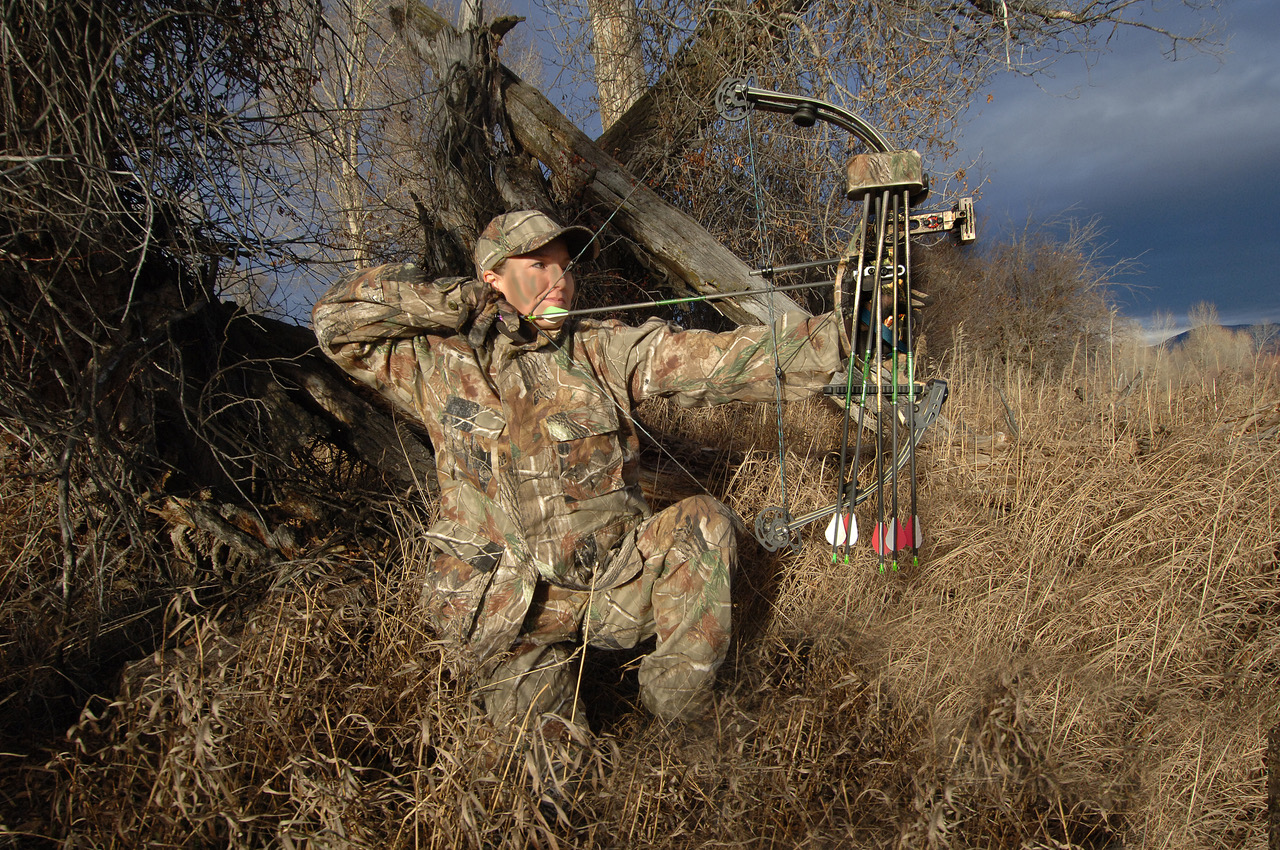
by Mark Chesnut - Monday, February 26, 2024

While many organizations talk a good game about growing the sport of hunting, some put a lot of effort into programs that actually make a difference. The Iowa Department of Natural Resources is one state wildlife agency that’s doing just that through its Field to Fork program.
The program, which shepherds new hunters on the art of bowhunting, isn’t just a one-day course or even a week of instruction. Rather, it’s a six-month endeavor that takes participants, most of whom have never hunted, on a journey from learning the basics of shooting a bow to cooking their kill after the harvest.
Jamie Cook, Iowa DNR hunter education coordinator and head of the program, said his agency has been conducting the program since 2018. Program staff vet those applying to participate well before they are able to begin the course.
“We check them for any sort of hunting history, and whether they’ve purchased previous deer tags,” Cook said in an exclusive interview with NRAHLF.org “Sometimes we'll allow people who have gun hunted or muzzleloader hunted into the program. We're really just concerned whether or not they've actually harvested anything. So, most of them, by far, are brand new to hunting.”
Cook said that once candidates are screened and accepted into the program, instruction typically begins in early summer. The program outfits each participant with a loaner bow with a value of about $400. At the end of the archery deer season, participants have the opportunity to buy the bow or return it to the program.
A registration fee of $200 helps cover costs associated with instruction, range usage and additional supplies. Along with the bows, treestands, safety harnesses and other essential equipment is also provided. Other costs for the program include $35 for a hunting license and habitat stamp, $30 for a deer tag and $50 for a bow release.
Once selected and registered, the participants in the program start archery practice in late June or early July.
“For that first six weeks, the primary focus is just learning to be an archer,” Cook said. “So, they learn the importance of the stance, the importance of anchoring and aiming steadiness. Sometimes with certain individuals we have to do a little bit more strength training to get them up to a lethal draw weight for a deer.”

Also, during that period when participants are attending weekly archery practice, program officials begin providing them with a variety of reading materials, along with weekly homework and quizzes.
“They’re learning about blood trailing,” Cook said. “They're learning about field dressing. They’re learning about wind direction and judging the wind, along with the behaviors and feeding habits of deer and all the biology that goes with that.”
Toward fall, the program brings in a chef to teach participants how to prepare a number of venison dishes. Program staff work to find a place for each of the participants to hunt, and mentors help them scout and figure out where to place their treestands.
The percentage of participants in the program who harvest a deer the first season is really quite high for archers—about 25 percent—compared to a 41 percent success rate for all types of hunters in Iowa.
Of course, the program doesn’t end there. Mentors assist participants with field dressing, dragging and butchering/packaging chores if needed.
Does the program work to recruit new hunters and, of equal importance, keep them hunting in the future? In this case, the proof’s in the pudding.
“Another bragging point is we see about a 70 percent rate of them purchasing an archery tag the following season,” Cook said. “By that third year, the number will still be around a half or a little less than half. We do quite a bit of investment for these 60 to 100 a year we get through the program, but they’re sticking with it two to three years down the road, and further for some of them.”
With anti-hunting extremists becoming more formidable foes these days than in the past, Cook believes even those people who have completed the program and don’t become hunters for life are critical to hunting’s future.
“Even though they may not become a lifelong hunter, hopefully they get a taste of hunting to where they can be a hunting supporter,” he said. “There's so many things out there that can counter hunting these days. And the more support we can get for hunting, the better. At least they're exposed to it. They've had a chance to try it. And, I'd say almost every person who goes through the program has a completely different perspective on hunting and how it's funded, how conservation is funded and how hunting plays a part of that.”
For more information about the program, click here.
Editor’s Note
In addition to bringing new hunters into the fold, the Iowa Department of Natural Resources’ Field to Fork program is making strides in teaching the general public about hunting. As shared by the NRA Hunters’ Leadership Forum (HLF), talking with nonhunters about hunting’s many benefits and sharing why we hunt is the key to ensuring its cultural acceptance while exposing the misinformation put forth by animal rights extremists. The NRA HLF book, How to Talk about Hunting: Research-Based Communications Strategies, delivers a blueprint for communicating and debating about hunting deliberately and thoughtfully. It outlines the messages that NRA HLF-funded research shows resonate with nonhunters and teaches us to consider the impact of the words we choose so the American public is more likely to be an ally of hunting—or at least not be against it.—KMP
About the Author
Freelance writer and editor Mark Chesnut is the owner/editorial director at Red Setter Communications LLC in Jenks, Okla. An avid hunter, shooter and bird dog field-trialer, he has been covering Second Amendment issues and politics on a near-daily basis for almost 25 years.
E-mail your comments/questions about this site to:
[email protected]
Proudly supported by The NRA Foundation and Friends of NRA fundraising.
